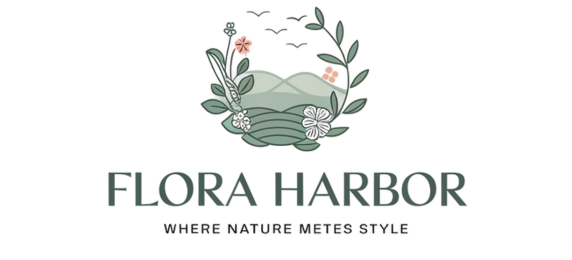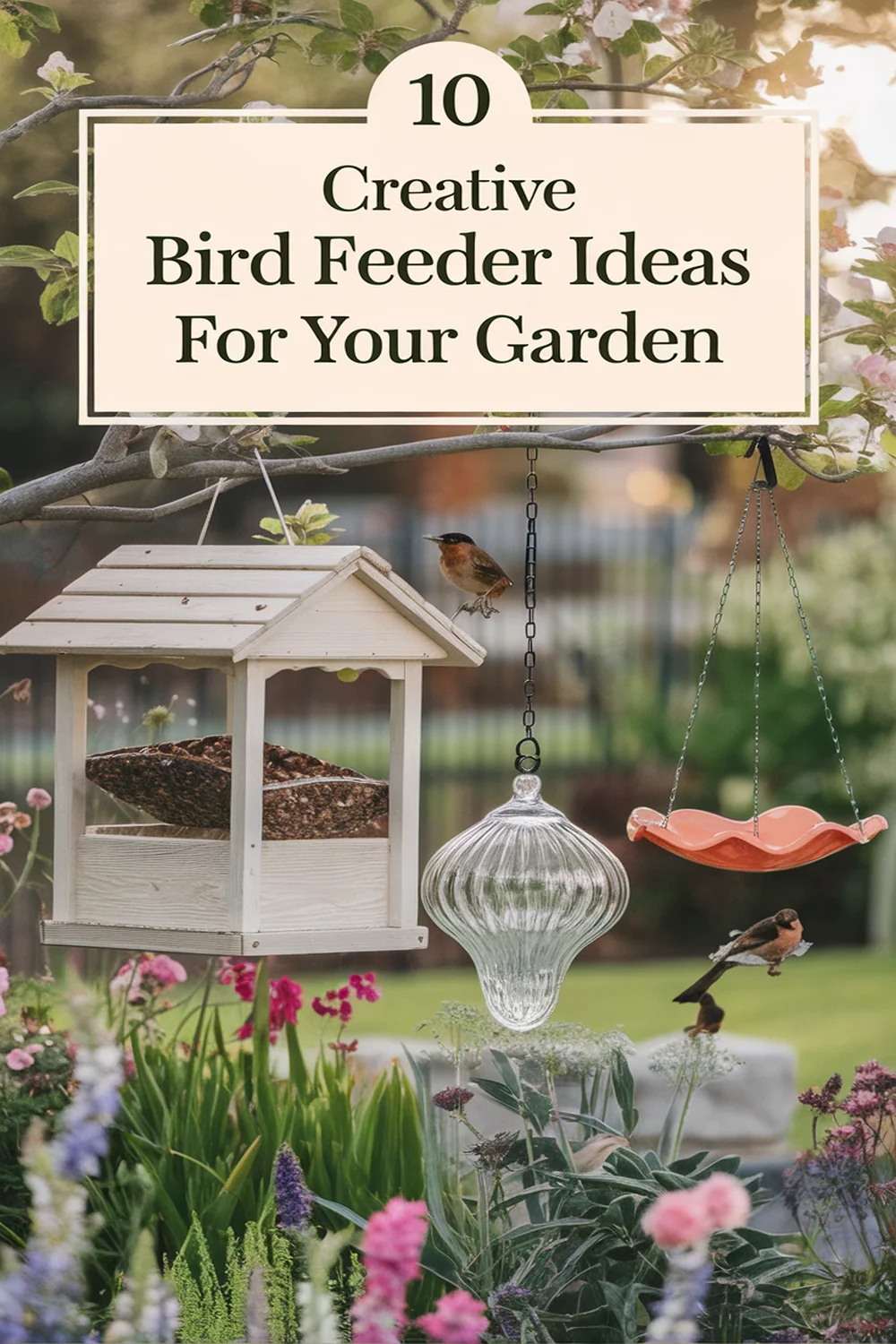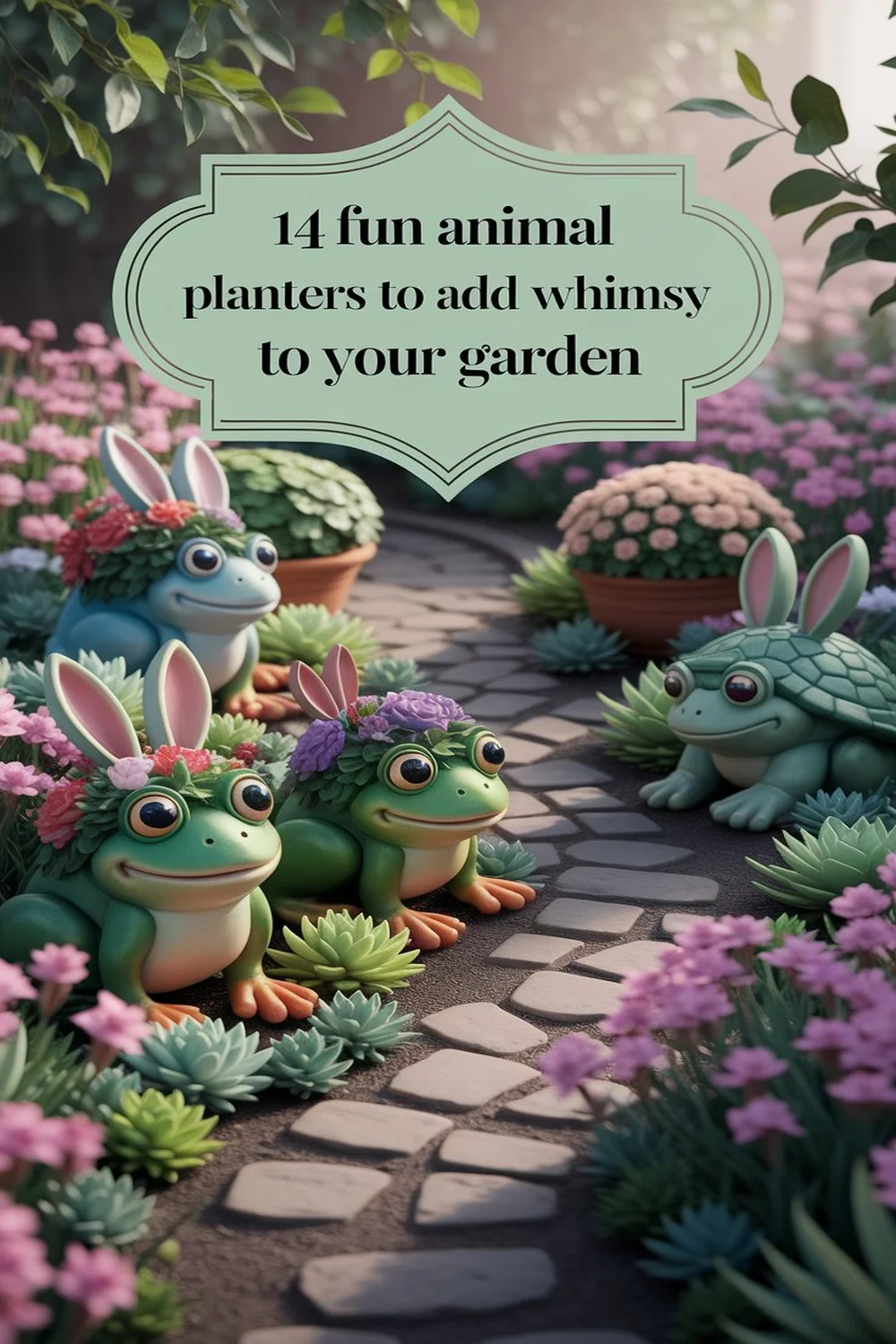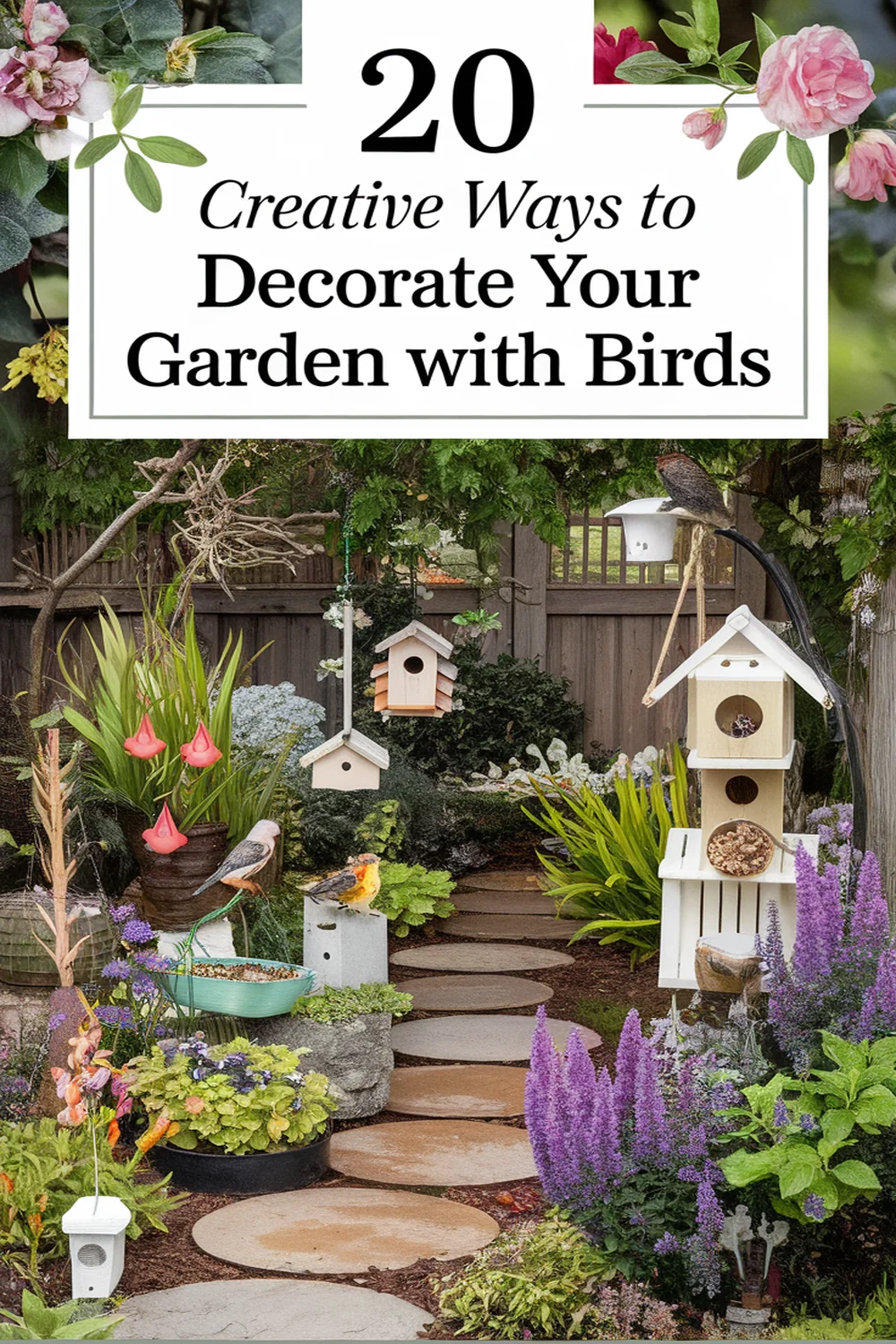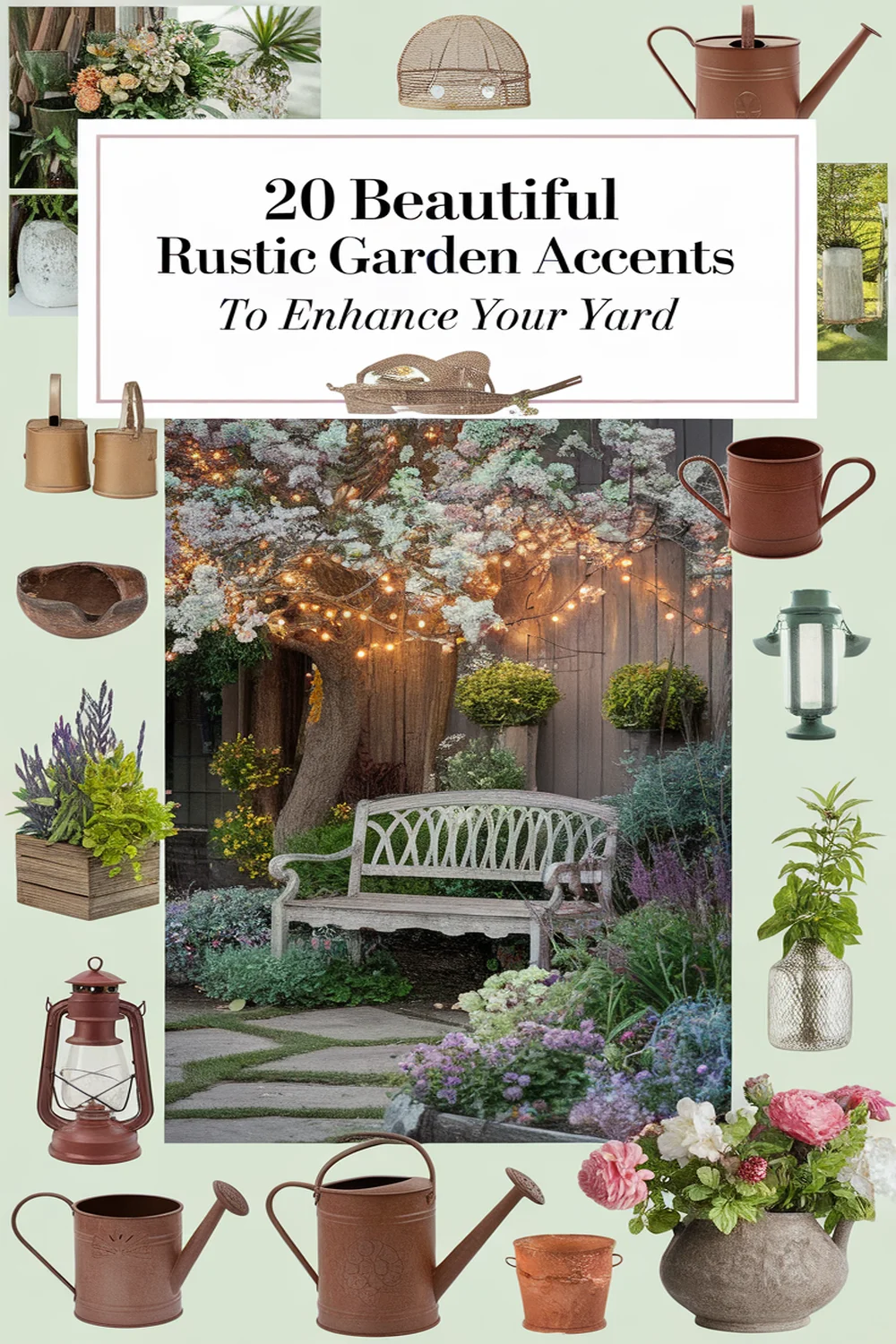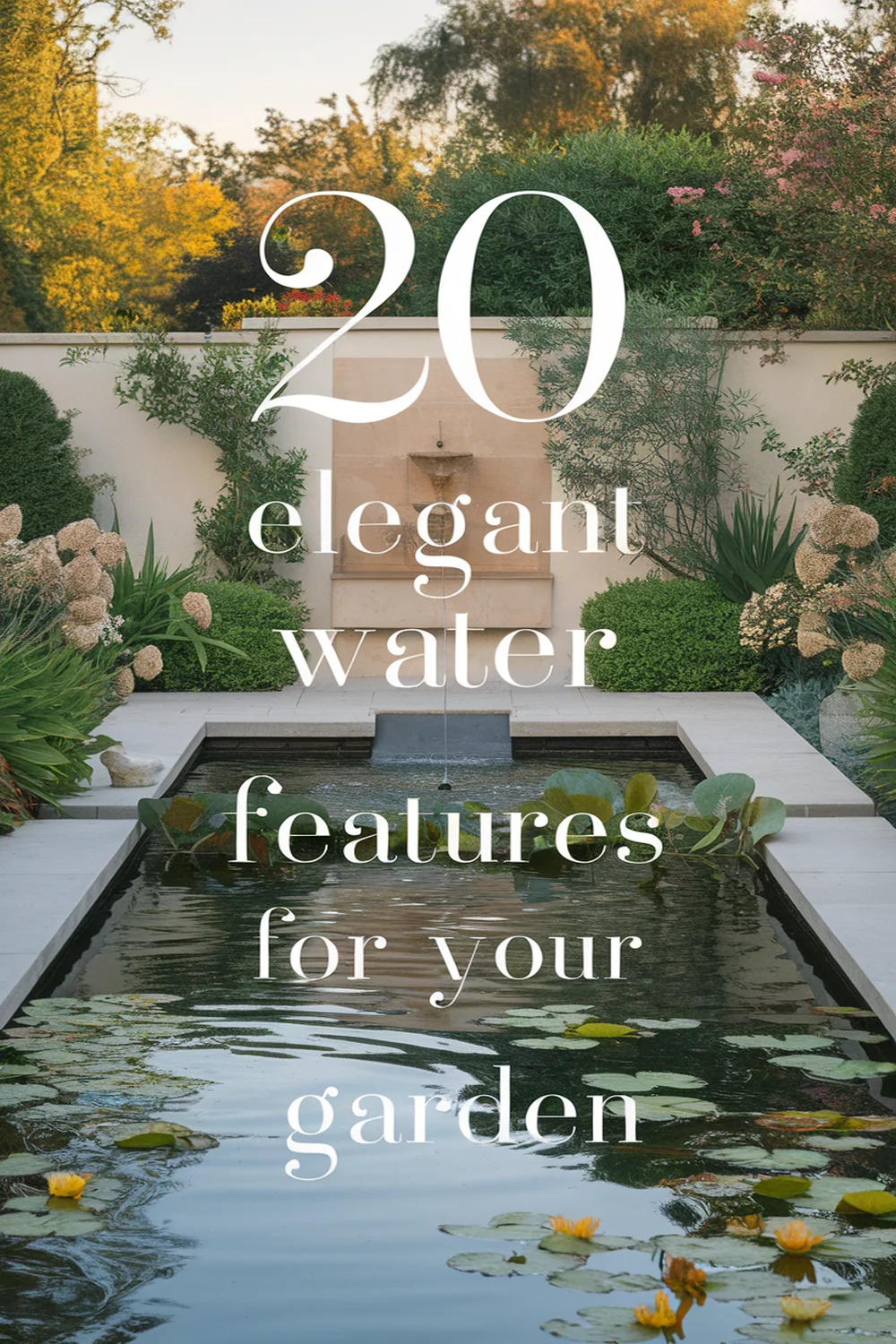This post may contain affiliate links. Please read our policy page.
Creating a pet-friendly garden‘s all about choosing non-toxic plants like spider plants and marigolds, installing durable fencing, and designating a play area filled with soft turf and engaging toys. Use pet-safe mulch, add water features for fun, and design a sensory garden that delights their senses. Don’t forget to build a compost area for soil enrichment! These elements guarantee a safe and enjoyable space for your furry friends, and there’s so much more to explore!
Choose Non-Toxic Plants

When creating a pet-friendly garden, it’s important to choose non-toxic plants that keep your furry friends safe while still looking fabulous. Start by selecting plants like spider plants, Boston ferns, and marigolds, which are not only safe but also add a touch of greenery. You can create vibrant clusters with colorful blooms that brighten your space and provide a pet-friendly environment.
Avoid plants like azaleas or lilies, as they can pose health risks to your pets. Consider incorporating herbs like basil or mint; they’re safe for pets and useful in your kitchen. Choose a variety of textures and heights to keep your garden visually interesting. With thoughtful plant choices, you can cultivate a beautiful, safe haven for both you and your pets.
Install Durable Fencing

A stunning garden isn’t just about the plants you choose; it also involves creating a secure space for your pets. Installing durable fencing is a key step in making your garden both beautiful and pet-friendly. Opt for materials like vinyl or metal that not only withstand the elements but also deter mischievous pets from escaping. Choose a height that matches your pet’s jumping abilities to keep them safe. You can personalize your fence with climbing plants or decorative lattice to enhance your garden’s charm. Remember to check for gaps or vulnerabilities where your pets could squeeze through. With the right fencing, you’ll enjoy your garden with peace of mind, letting them roam freely without worries!
Create a Designated Play Area

To create a truly pet-friendly garden, you’ll want to carve out a designated play area that caters to your furry friends’ needs. Start by selecting a section of your yard where your pets can roam freely without worry. Use soft grass or pet-friendly turf for comfort and safety, keeping it free from sharp objects. Incorporate engaging elements like tunnels, agility equipment, or a splash pool for water-loving pets. Consider adding shaded spots with doggy hammocks or benches for relaxation. Scatter some favorite toys around to keep their playful spirits up, while also encouraging exploration. Surround the space with low-maintenance plants that are non-toxic. This area will not only give your pets a fun retreat but also strengthen the bond you share.
Use Pet-Safe Mulch

While enhancing your garden, using pet-safe mulch is a smart choice that benefits both your plants and your furry companions. Opting for non-toxic materials guarantees your pets stay safe while they explore and play. Here are some great options to evaluate:
- Cedar Mulch: Naturally repels insects and has a pleasant scent.
- Pine Straw: Lightweight and great for drainage; its acid content can benefit acid-loving plants.
- Coconut Coir: Made from coconut husks, it’s sustainable, pet-friendly, and retains moisture well.
Recommended Items
Get ready to transform your garden into a pet-friendly paradise with these great recommendations!
Incorporate Water Features

Incorporating water features into your garden not only enhances its beauty but also provides a soothing environment for your pets. Consider adding a small pond or a decorative fountain—these features create a tranquil oasis that your furry friends will love. Just make sure there are shallow areas or gentle sloped edges, allowing your pets to comfortably approach the water without risk of slipping or drowning.
Opt for pet-safe materials and keep the water clean to prevent algae growth. A vibrant aquatic plant, like a water lily, can add flair while also creating shade in the water, making it more inviting for your pets. With careful planning, a water feature can become a delightful, revitalizing spot in your pet-friendly garden!
Design Raised Garden Beds
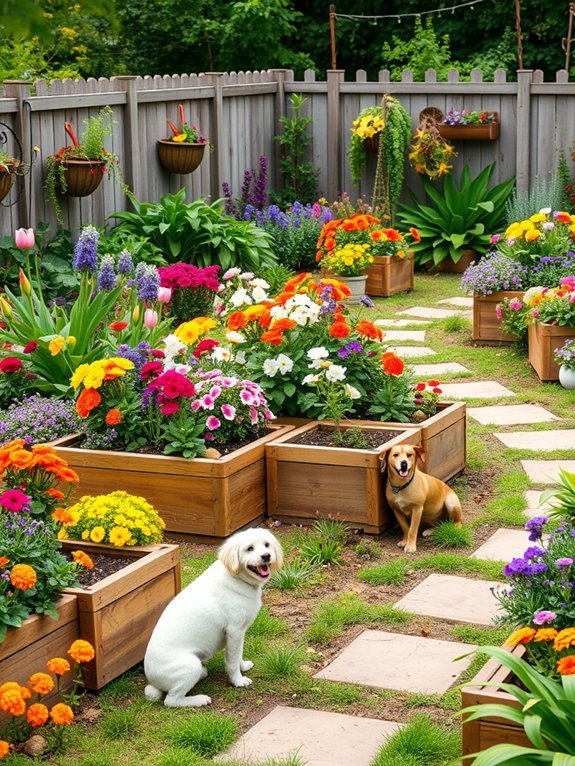
Creating raised garden beds not only elevates your plants but also offers a practical solution for pet-friendly gardening. These beds can keep your plants safe from curious paws and help you maintain a tidy garden. Here are some key benefits of raised garden beds:
- Easier Access: No more bending down! You can tend to your plants without straining your back.
- Controlled Soil: Customize the soil mix to guarantee your plants thrive without interference from your pets.
- Defined Space: Kids and pets alike can learn boundaries, so your garden remains a safe sanctuary.
When designing your raised garden beds, work with materials that blend seamlessly into your landscape, like wood or stone. Your pets will appreciate the added structure, and you’ll enjoy gardening like never before!
Add Shade and Shelter
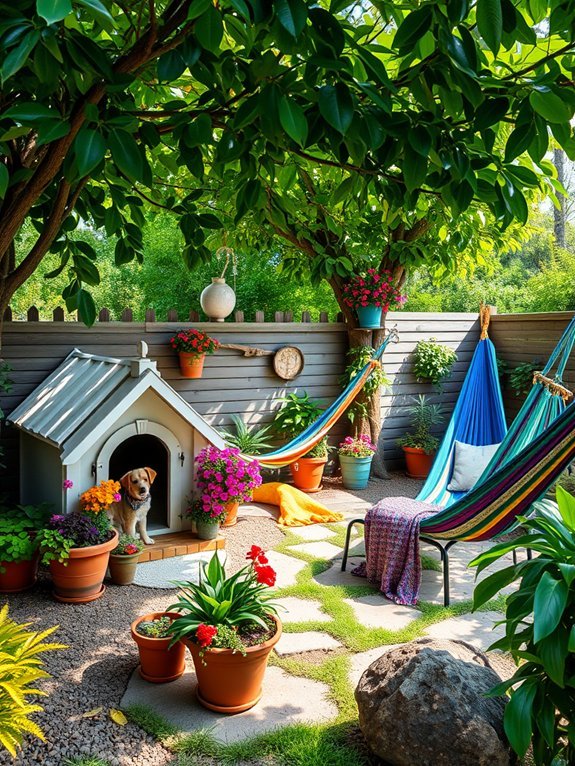
After setting up your raised garden beds, think about how to provide shade and shelter for your plants and pets. Consider adding a simple pergola or trellis, draped with climbing vines. This not only becomes a stunning focal point but also offers a cool refuge. Incorporate large potted plants around your garden, creating natural barriers where your pets can hide from the sun. Shade sails are another great option; they’re easy to install and can be customized to fit your garden’s layout. If you have a doghouse or pet bed, placing it under a tree or other structures gives extra coverage, enhancing your garden’s comfort. Prioritizing shade makes your garden not just pet-friendly, but also a relaxing space for everyone.
Use Outdoor Rugs for Comfort

Whether your furry friend loves to lounge or play, outdoor rugs can transform your garden into a cozy haven. These rugs not only add color and style but also provide a comfortable surface for your pet to enjoy the outdoors.
- Choose washable materials for easy cleanup after messy playtimes.
- Look for non-slip versions to keep the rug securely in place during romps.
- Opt for weather-resistant fabrics to guarantee long-lasting durability against the elements.
Task Overview for Pet-Friendly Garden Decor
Include Pet-Friendly Pathways

A well-designed pet-friendly pathway not only enhances your garden’s aesthetics but also guarantees your furry friends can explore safely and comfortably. Consider using natural materials like gravel, decomposed granite, or flagstones for a textured surface that’s gentle on little paws. Make sure the pathway is wide enough, allowing your pets to roam freely without feeling cramped.
Incorporate curves and meandering routes to spark their curiosity while keeping them away from delicate plants. You could also plant pet-safe herbs or flowers along the edges to create sensory experiences. Lighting options, such as solar path lights, will keep your garden inviting and safe during evening strolls. Finally, use edging to define the pathway, ensuring your pet stays on track and out of garden beds.
Utilize Durable Garden Furniture

As your pet explores the delightful pathways of your garden, providing them with a cozy and durable space to unwind is equally important. Choosing the right garden furniture can enhance your outdoor experience while ensuring it withstands your pet’s playful antics.
Consider these durable options:
- Weather-resistant materials: Look for furniture made of resin wicker or aluminum that can endure the elements and pet wear.
- Heavyweight designs: Opt for solid, heavy pieces that won’t tip over during your pet’s romps.
- Easy-clean fabrics: Select cushions or covers that repel stains and are machine washable to maintain a fresh look.
With sturdy furniture, you’ll create a welcoming space for both you and your furry friend to relax and enjoy the beauty of your garden together.
Grow Herbs for Pets
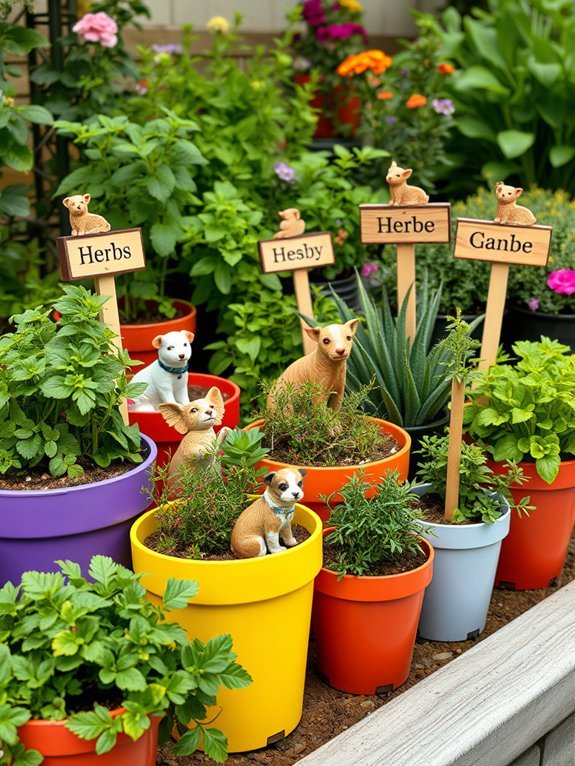
Creating a pet-friendly garden isn’t just about aesthetics; it can also involve growing herbs that benefit your furry companions. Consider planting catnip, as it can provide excellent entertainment for your feline friends. If you have dogs, basil and parsley are great options; they’re not only safe but can also aid in digestion. Mint can help freshen your pet’s breath, too! When planning your herb garden, guarantee that herbs are pesticide-free. You can create designated spots for them, allowing your pets access without fear of overindulgence. Having fresh herbs in your garden not only enhances your outdoor space but also promotes your pets’ well-being, making it a delightful sanctuary for both you and your beloved animals. Happy gardening!
Install Pet-Friendly Lighting

Transforming your outdoor space with pet-friendly lighting is a smart way to blend safety and style. Choosing the right lights not only enhances the atmosphere but also keeps your furry friends safe during evening playtime. Here are some ideas to get you inspired:
- Solar Path Lights: Illuminate walkways to help your pets navigate without stumbling.
- LED String Lights: Add charm to your garden while ensuring they’re chew-proof and safe around curious animals.
- Motion-Activated Lights: Provide bursts of light only when your pets need them, ensuring energy efficiency and safety.
Create a Sensory Garden

When you cultivate a sensory garden, you’re crafting an enchanting space that engages your pet’s instincts and senses. Think of incorporating textures, colors, scents, and sounds that tantalize their curiosity.
Here’s a quick guide to help you design your sensory paradise:
| Element | Ideas |
|---|---|
| Scents | Lavender, mint, rosemary |
| Textures | Soft grasses, rough stones |
| Colors | Bright flowers, deep greens |
| Sounds | Wind chimes, bubbling water |
| Edibles | Catnip, pet-safe herbs |
Build a Compost Area
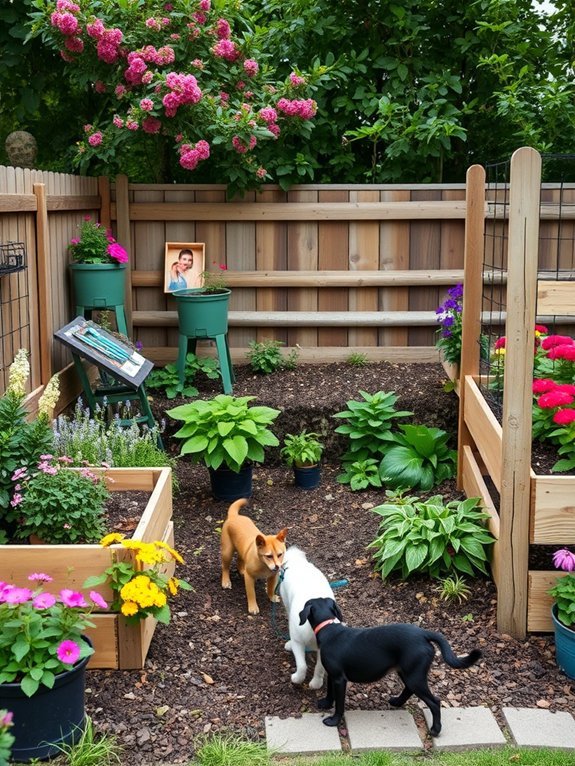
If you’re looking to enhance your garden while benefiting the environment, building a compost area is a fantastic idea. Not only does compost enrich your soil, but it also promotes a sustainable lifestyle. Plus, your pets will love exploring the earthy smells!
Here are some tips to get you started:
- Choose the Right Spot: Find a location that’s convenient and well-drained for your compost bin.
- Layer Materials: Alternate between greens (like kitchen scraps) and browns (like leaves) to guarantee a balanced mix.
- Turn It Regularly: Aerating your compost speeds up the breakdown process, helping it convert into rich, usable compost faster.
Incorporating a compost area not only boosts your garden’s health but also keeps waste out of landfills!
Incorporate Interactive Toys
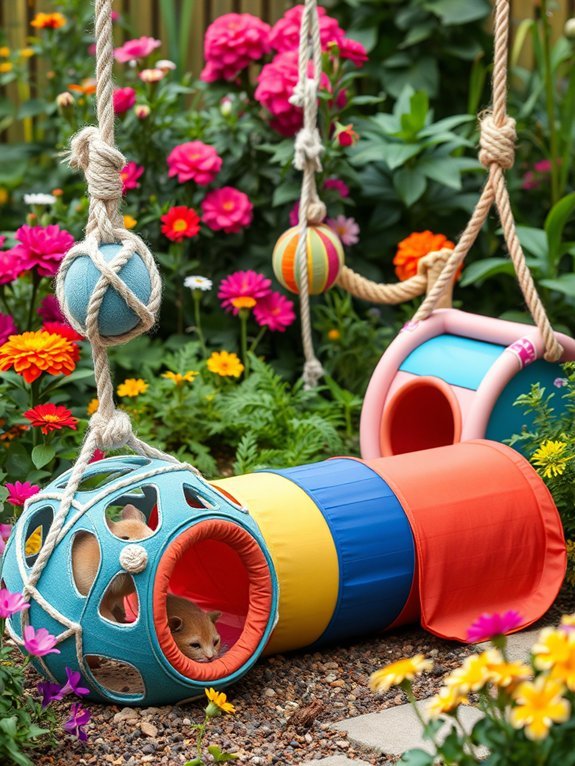
Interactive toys can add a whole new dimension to your pet-friendly garden, keeping your furry friends engaged while exploring the great outdoors. Think about incorporating puzzle feeders or treat-dispensing toys; these will challenge your pets mentally while encouraging them to search and sniff around your garden. You can also set up agility courses with tunnels, ramps, and hoops to promote exercise and playfulness. Consider hanging toys from trees or placing them around flower beds, enticing your pets to discover new delights. Just be sure to choose durable, weather-resistant toys that can withstand the elements. By adding interactive toys, you’ll encourage exploration, stimulate your pet’s mind, and create a lively atmosphere that both you and your pets will enjoy.
Plan for Seasonal Changes

Creating a pet-friendly garden means considering how seasonal changes affect both your plants and your pets. As the seasons shift, your garden’s layout and safety may need some adjustments. Here are a few tips to keep in mind:
- Choose hardy plants that can withstand seasonal weather while being safe for pets.
- Create sheltered areas where your furry friends can escape the harsh sun or rain as needed.
- Adjust your decor seasonally to minimize hazards, such as removing toxic plants or sharp decorations.
